Video: Time for Fall Wall Planters with Garden Answer
Watch as Laura from Garden Answer creates a beautiful planter for Fall using Flower-tone and Potting Soil Mix!
Featured Products:
Watch as Laura from Garden Answer creates a beautiful planter for Fall using Flower-tone and Potting Soil Mix!
Featured Products:

Summer has come and gone— but that doesn’t mean you should give up and let your garden go for the year! The colder season signals that it’s time to prepare your green space for winter and find alternative ways to keep your favorite plants in your life. Keep reading to ensure you’ll be ready when the temperatures drop.
Don’t dig up your perennials just yet! While it’s true that they’re prone to being taken by frost, if you take enough precautions, you should be able to conserve them and plant seeds for a beautiful spring bloom. Be sure to tackle weeds to preserve the soil and add mulch to protect them from the harsh winter wind. Six months later, you’ll be glad you took these extra steps! For fall-planted bulbs such as tulips, daffodils, and hyacinths, be sure to fertilize with Espoma Organic Bulb-tone.
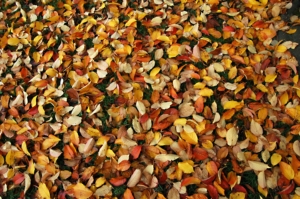
Care for your lawn
Raking those autumn leaves can sometimes feel like a never-ending chore. But it doesn’t have to be that way. In fact, you should start to look at them as a benefit. You can actually mow the dead leaves and create a makeshift fertilizer for your soil. This will lessen the burden of cleaning up every time there’s a strong wind that knocks a pile of leaves loose and benefit your soil. To show your lawn a little extra love, check out these premium organic lawn fertilizers.
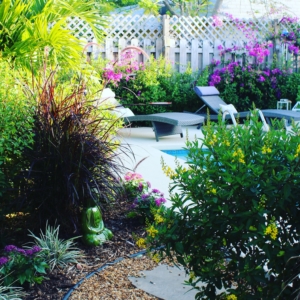
Fluff up your garden with trees and shrubs
Colder weather doesn’t have to mean barren backyards. Fall is actually a great time to plant trees and shrubs! While the weather is cooling off, the soil is still warm enough for the roots to develop in them, which is where Bio-tone Starter Plus might come in handy. After planting, they will go dormant as the soil cools. Just be sure to water them beforehand so they’re ready to jump back to life in the spring.

Bloom your flowers indoors
Contrary to popular belief, the vibrant flower garden of your dreams can still be a reality even during the harshest winter months. A technique that forces bulbs to bloom indoors can help you bring it indoors! So while it may be a pure white winterland outdoors, your windowsill can still brighten up your day.
Take care of your equipment
Before you pack everything up for the season, be sure to give your tools a good cleaning. Wash off any excess dirt to avoid returning to rusty tools in the spring. You can also coat your metal tools in vegetable oil to avoid cracking from the harsh, cold weather. Lastly, sharpening your pruners and loppers so that when you’re ready to use them again, you’ll be pleased to find tools that feel like they’re brand new!
Do you feel ready to face the coolers months yet? All it takes is some diligence and Espoma knowledge to be prepared for the winter and ready for a strong comeback in the spring. So grab those gardening tools and start today.
For more about creating leaf mulch, watch this video from Laura at Garden Answer!
Featured Products
Fall crops already? That’s right! Join Garden Answer and get some great ideas for food crops in the upcoming season.
Featured Products
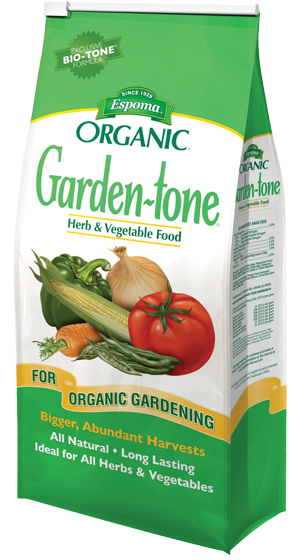
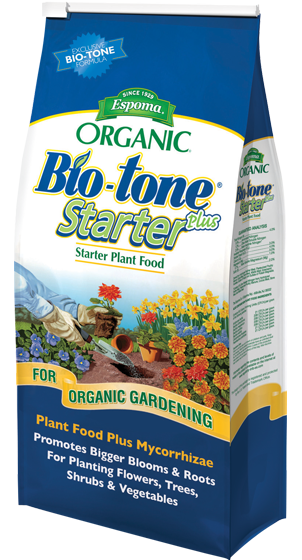
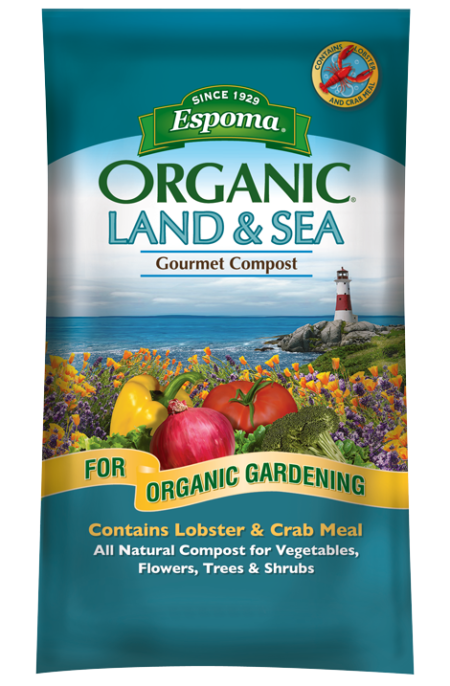
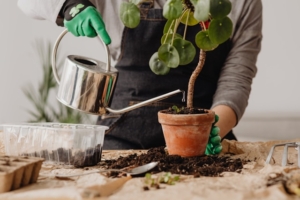
Ever notice how a moment spent tending your plants feels like a mindful pause in a busy day? You’re not just watering—you’re nurturing calm, presence, and connection. We believe that caring for your green companions is one of the most natural forms of self-care. And just like you thrive on nourishing food, your plants thrive when you feed them regularly with Espoma Organic fertilizer —gentle, effective, and safe for people, pets, and the planet.

Sharper Mind + Better Mood
Studies show that being around plants can boost memory and attention by about 20%, while reducing background noise and enhancing productivity and creativity—especially in home or little work-from-home nooks.
Soil for the Soul
That earthy scent? It comes from microbes like Mycobacterium vaccae (lovingly nicknamed “outdoorphins”), and they don’t just feed your plants—they may help boost your mood and immunity, too.

Pulling weeds, misting leaves, or simply observing new growth—these are gentle rituals that anchor us in the now. As one soothing tip from our brand partner, Maria Failla of Growing Joy with Maria, reminds us:
“Use watering or caring for them as an excuse to get up from your computer and take some ‘me-time’—because plant care is self-care.”
Pair that with feeding your plants Espoma Organic fertilizer, and you’re nourishing life in every sense.
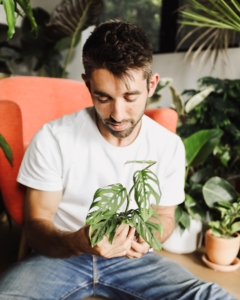
Your indoor plants do more than brighten a room—they improve your air, calm your mind, and remind you to slow down. To keep them thriving year-round, a little extra nourishment goes a long way.
That’s where Espoma Organic Indoor! liquid fertilizer comes in. This gentle, balanced formula is made from natural ingredients and feeds instantly, giving your leafy friends the nutrients they need for lush growth and vibrant color—even in the lower light of winter months.
Self-Care Tip: Pair your plant feeding with your own wellness ritual. Set a reminder every 2–4 weeks to water and feed your plants, then take a few minutes to enjoy a cup of tea nearby. Watch how your plants respond over time—you’ll notice deeper greens, healthier new leaves, and a little spark of joy in your day.

During the busy holiday season, a mini Christmas cypress or Norfolk Island Pine—with its fresh sap-like scent—can be both a peaceful décor choice and a mindful project. Pot it up in our Espoma Organic Potting Mix, give it a slow sip of water, and feed it with an organic fertilizer like Indoor! for lasting joy. It’s a gift that grows for you, not just from you.
Micro-Meditation Moments
Set a daily two-minute ritual—touch the soil, check a leaf, breathe deeply. Call it a “plant-powered reset.”
Mini Salad Gardens with Maria Failla
Maria Failla of Growing Joy with Maria, makes self-care—and dinner—even simpler. She grows an entire salad (including herbs, lettuce, mini-tomatoes, and edible blooms) in a single container using Espoma Organic Potting Mix, Bio-tone Starter Plus, and Garden-tone organic fertilizer for steady nourishment.
Create a Kitchen Corner of Calm
A small shelf of herbs like basil, lavender, or even mint provides an aromatic escape and practical joy when cooking. Watering and feeding them with organic fertilizer like Indoor! can become a lovely action in your daily rhythm.
Mindful Mondays with Biophilia
Start your week by simply sitting with your plants—observing new buds, leaf shapes, and subtle color shifts. This biophilic practice connects you to growth and groundedness.
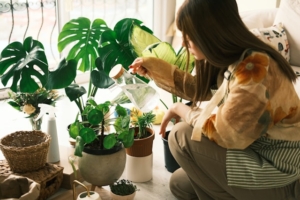
Plant care is not just about pretty greenery—it’s caring for yourself, too. You pause, breathe, tune in, and the soil responds. Whether it’s a festive tree, a potted herb, or a tranquil succulent, your green space is your sanctuary. And with a little love, light, and organic fertilizer, your plants—and your spirit—can truly thrive.
*****
Here are some of our other blogs and videos we think you will enjoy.
Give Some Green for the Holidays
Parenting Advice for New Plant Parents
Poinsettia Care Guide from Garden Answer
Featured Products:
In this fall episode of Garden Answer, Laura is making leaf mulch from her fallen leaves. It’s a free resource that will help build healthy soil. Instead of going to all the trouble of bagging leaves, recycle them.
She begins by blowing all of her leaves onto an open grassy area and mulch mowing them. Laura has a large riding lawn mower but you can get the same results with a regular walk-behind model. Just go back and forth until the foliage is fairly small and then attach the bag to suck them up.
Laura wants to enrich the empty raised beds in her vegetable garden. She pours about two inches of shredded leaves on the top of each one. Followed by a sprinkling of Espoma’s organic Blood Meal. She’s creating a mini compost pile. In summer, grass clippings would provide the nitrogen to help break down the leaves. Since she isn’t cutting grass anymore, she uses the blood meal as an organic nitrogen supplement.
Blood meal may keep plant-eating pests away but it can attract meat-eaters like dogs, raccoons, and possums. If that would be a potential problem, put the two inches of shredded leaves down and wait until spring to add Espoma’s organic Garden-tone.
More leaves? Try making leaf mold. It might sound terrible but it’s a fantastic soil conditioner. It improves soil structure, helps the soil retain moisture and creates the perfect habitat for beneficial microbes. Simply take shredded leaves and pile them up in a wire bin or a quiet corner of the yard. The following spring you will have the most beautiful, natural-looking mulch for garden beds. It’s gardeners’ gold.
Here are a few more videos from Garden Answer we hope you will enjoy:
Best Plants to Produce Fall Fruits
List products called out in the post.
Bone Meal
Garden-tone
Some of our favorite summer show-stoppers like Cannas, Dahlias and Caladiums, need to be dug up in the fall for overwintering. It isn’t a difficult job and you’ll be rewarded with larger and larger plants every year. You’ll also get more of them. That’s how these plants spread. Besides, it feels good to be outside on a crisp fall day wearing that faded out sweatshirt you love. Let someone else rake the leaves while you divide and conquer.

Canna
Cannas are amazing planted in the ground. And, rising three to five feet tall, they can really elevate large container combinations. Their rhizomes are modified roots that store the plant’s energy for the next year. The rhizomes of a happy canna can easily double in size after one growing season. Just imagine how showy they’ll be next year.
Digging
In late fall, when the stems and leaves have died back or been killed by the first hard frost, is the perfect time to lift them. Make sure to do it before the ground freezes. First, cut stems back to two inches. Then, use your shovel to cut a circle at least two feet in diameter around the plant’s rhizomes, and gently lift the clump. Using your hands, shake off all the excess soil. If the soil is sticking to the rhizomes, rinse them with the hose until they’re fairly clean.
Drying and Storing
Pick a spot in your garage, basement or someplace dark with good ventilation. It should be at least 70 degrees F. Spread them out on several layers of newspaper. Let them dry for at least a week, it helps to discourage mold. Now they are ready to store. Use paper grocery bags or crates, something that allows airflow to put them in. Look for a cool (but not freezing) dark place to store them like a basement or a garage. Check them now and again to make sure none are shriveled or mushy, discard those as soon as possible.
Planting
Plant the following spring after the threat of frost has passed and the soil has begun to warm. Always add Espoma’s organic Bulb-tone when planting to give them the specialized nutrients they’ll need to flourish.
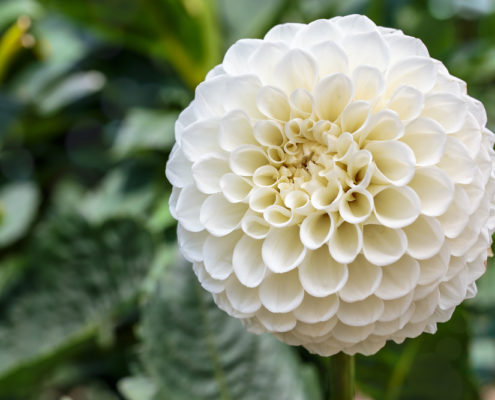
Dahlias
Dahlias come in hundreds of shapes, heights, sizes and colors. Besides being superstars in the garden they make excellent cut flowers. Some flowers are dinner plate sized and many reach four to five feet in height. They enjoy full fun in moderate climates. Prepare to be wowed!
Lifting
After the first frost, cut the dahlias back to four inches and dig the clumps just like you would have for cannas. The tubers are breakable so, go slow and gently shake off extra soil. No need to rinse them. Let the clumps air dry for several days in a dark place with good ventilation.
Storing
You can pack dahlia tubers several ways. Planting them in large nursery pots with damp soil is one way. Storing them in cardboard boxes, filled partially with damp potting soil, peat moss or vermiculite will also work. It’s also possible to store several clumps in large black plastic bags. Gather the top of the bags loosely so there is still some air circulation. Store in a cool dark place that does not freeze. A frozen tuber is a dead tuber. Check on them now and then, go easy on the water since you don’t want them to be too moist. If they are dry, you can mist them or add some damp organic potting mix.
Planting
In the spring, divide the clump into several with some of last year’s stem. Plant outdoors after the threat of frost has passed and add Bio-tone Starter Plus to help them get a good start.
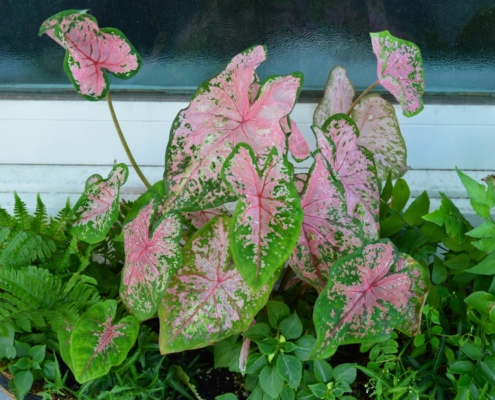
Caladium
Caladiums are popular for their large foliage in shades of white, red and pink, often in wild mosaic patterns. They like shade to part sun, making them perfect for displaying in less than sunny spots in the garden. There are now a few varieties that are sun tolerant. It will say so on the plant tag. While they do thrive in sun, regular, perhaps even daily watering will be needed.
Lifting
When temperatures begin to fall below 60 degrees F, dig up tubers and leave stems attached. You don’t need to remove all of the soil just yet. Leave them to dry in a cool, dark space for two to three weeks.
Storing
After the tubers have cured, brush off the remaining soil and cut back the withered stems. Store them in a cool dark space. Packing them in sawdust or sand will help keep them from drying out too much.
Planting
You can plant them outside after the threat of frost has passed and the ground has warmed up. They can also be started early indoors. Just pot them up on a good quality potting soil like Espoma’s organic potting mix and give them some Bulb-tone to give them the best possible start.
Here are links to some of our other blogs we hope you will enjoy.
Get Easy Blooms with Spring Planted Bulbs
5 Reasons to Start a Cutting Garden
Winter is Coming – Frost Preparedness
Espoma Products
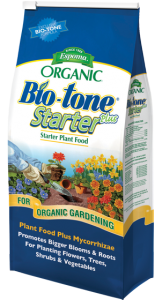
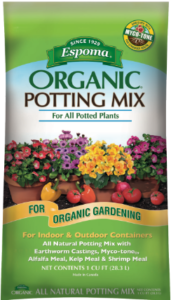

It’s not too hard to walk through the yard in mid-summer and pick enough flowers for a vase. But, oftentimes, gardens are less showy in autumn. Heare are five winners you should look for now and plant next spring. All five varieties can be grown from seed for pennies. They will liven up your fall bouquets and your fall garden next year. Best of all, three of them dry beautifully and will last all winter. Don’t forget to feed your flowers Espoma’s liquid Grow! fertilizer for the best possible harvest.
Chinese Lanterns
Chinese lanterns, sometimes called Japanese lanterns, have bright orange seed pods that look like puffy lanterns hanging from their stems. These dry beautifully and may be used in arrangements for many months, even years. Their vivid orange color makes them ideal for all things Halloween. You can sow the seeds indoors in the spring or outside directly in the soil. They are vigorous growers and can be grown in pots to keep them in check.
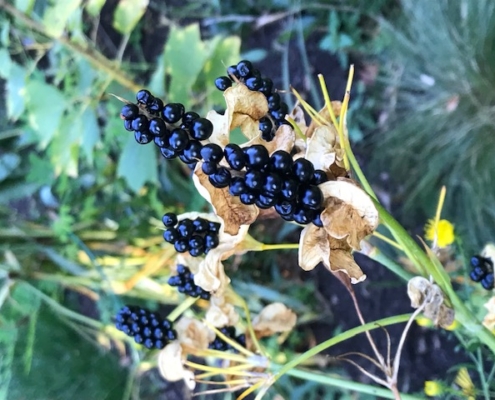
Blackberry Lily
This is a twofer. Blackberry lilies have beautiful, bright orange flowers with deep orange freckles on tall graceful stems. After they bloom, seed is produced inside puffy capsules. In late summer the capsules break open and you’re left with a cluster of black seeds that looks exactly like big, fat, juicy blackberries. The glossy berries look beautiful in fresh or dried arrangements. Together with the Chinese lanterns, you’ll have the ultimate Halloween combination.
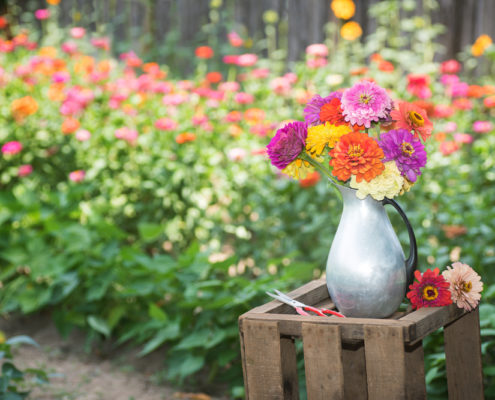
Zinnias
Zinnia’s have been garden favorites for hundreds of years because they are so easy to grow from seed and come in so many different colors, shapes, and sizes. They’ll start flowering in mid-summer and bloom until frost, attracting butterflies and hummingbirds. They make outstanding cut flowers and long-lasing bloomers in the garden. They like good air circulation and always water at ground level, wet leaves can lead to mildew.
Money Plant
Money plant, also called the silver dollar plant is not the same as the house plant. Its botanical name is Lunaria. This lovely annual blooms in spring with bright pinkish-purple flowers but don’t cut them. After they bloom, they develop an oval seed pod. Toward the end of summer, the pod becomes papery and if you carefully rub them the husks and seeds fall off and you are left with a stem of almost transparent, silver dollar-sized disks that look like parchment. They are so unusual and because of their neutral color, they blend well in any bouquet. Throw the seeds back where they came from for and you’ll get more the next year.

Sunflowers
Annual sunflowers now come in a wide range of colors from yellow, orange and bronze to ruby red and even white. They also come in a variety of heights from six feet tall to shorter branching varieties to dwarf varieties that reach just a foot or two. They are all easy to grow from seed and are especially fun to grow with kids because they grow so fast. Cut them early in the morning, when the flower petals are just beginning to open for the longest lasting cut flowers.
Foraging
If you don’t have enough varieties of fall blooming flowers, foraging may be an option. Foraging isn’t legal everywhere but if you have friends or family with some property ask if you could cut some wildflowers. Goldenrod, asters, and tansy can add beautiful and flare to a cut flower bouquet. Think of berries too. Many shrubs have fall berries and many roses offer hips. Don’t forget about adding dried grasses, hydrangeas and foliage with fall color. The most important thing is just to be creative and have fun. Mother Nature already made the flowers beautiful, so you can’t miss.
Here are links to other blogs we hope you’ll find interesting.
Nature Never Goes out of Style – Transition into a Fall Cutting Garden
Espoma Products – Grow!

Crisp fall days are perfect for planting garlic, onions and shallots. Fall planting gives them a big jump-start. The rule of thumb is to plant the sets (individual bulbs) after the fall equinox. They’ll thrive in a sunny location with well-drained soil, rich in organic matter. Apply Espoma’s Bio-tone Starter Plus, an organic fertilizer that contains beneficial bacteria and mycorrhizae to encourage strong root development. Your plants will put on roots in the fall but little or no top growth to survive the winter. Mulch the beds with a 4-6” layer of seedless straw, or leaves for winter protection and weed control. Plant additional bulbs in the spring for a double harvest.
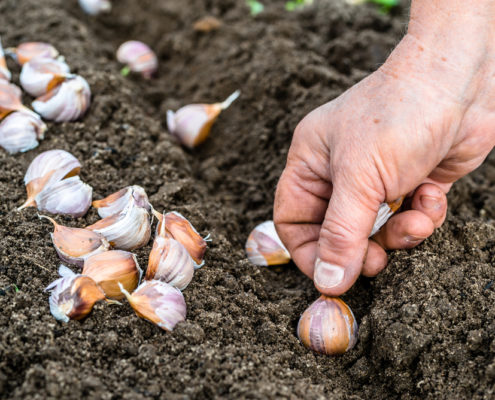
Garlic
Garlic grows best in full sun with loose, fertile soil that is moist but well-drained. Mix Espoma Organic Potting Soil into the planting bed to promote soil health. Plant your garlic cloves root side down, about 2” deep and 4-6” apart. Space the rows about 12” apart. Apply Espoma’s Bio-tone Starter Plus and water deeply before applying a thick layer of mulch. Young garlic shoots will appear in early spring and be ready for harvest by mid-summer. Garlic comes in all shapes and sizes. Their flower stems can also be picked and used in cooking.

Onions
Onions prefer the same sort of soil as garlic, loose and fertile. It’s easiest to dig a trench 2-4” deep and set bulbs pointy side up, every 6” or so. Apply Espoma’s Organic Garden-tone to promote rooting and over all good health for the plants and soil. Water well if there is no rain in the forecast and apply a thick layer of mulch. Mulch will help keep the weeds down and the moisture in. The shoots will pop up in early spring. They are remarkably tolerant of frost.

Shallots
Plant shallots in full sun in loose, rich soil that is moist but well-drained. Plant the bulbs 1-2” deep and spaced about 6-8” apart. Like garlic, each shallot bulb will yield a cluster of new bulbs. Use Espoma’s Bio-tone Starter Plus, an organic fertilizer to feed the soil and the bulbs. Shallots are shallow rooted. Mulching will help maintain an evenly moist soil.
Products to Buy:
Most avid gardeners have planted the veggie essentials in abundance, but what about the forgotten veggies and those varieties that look a little different from the usual choices?
There is a surprisingly long list of what are considered “unusual” veggies, but below are five of the strangest, most delicious ones that you’ll want in your garden.

Romanesco Broccoli
If you’re going for the “wow” factor in your veggie garden, then Romanesco broccoli is the plant for you. Its intense, bright green fractals of broccoli are stunning. It is similar to cauliflower in terms of care. For best results, be sure to keep the soil moist and plant in a spot with full sun. Keep romanesco broccoli fed with Espoma’s Garden-tone. You can eat this stunning broccoli in a number of ways: raw in a salad, steamed, or grilled. Hardy in Zones 3-10.

Kaleidoscope Carrots
Jewel-toned colors like yellow, purple and red make for a fun pop of color for this classic favorite veggie. Choose rainbow carrots to add a variety of color to salads, sides and stir-fries. Plant seeds in late summer for a harvest that can be enjoyed on autumn days and even for Thanksgiving dinner. Straight roots need light, loose soil so sow carrot seeds in deep, well-worked soil in full sun. Grow in any region.
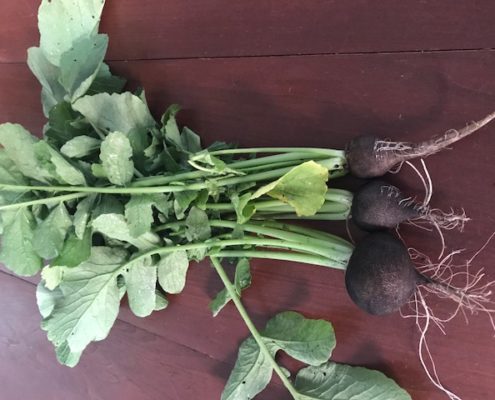
Black Radishes
Radishes are quick and easy to grow. Heirloom varieties of black radishes take about two to three times long to grow than regular radishes and tend to be spicier. Their crisp black skin and snow white flesh will make them an intriguing addition to any veggie platter. If radishes are too pungent, remove the skin before eating. Black radishes do need plenty of sun, so choose a spot where they can get 6-8 hours of direct sunlight. Feed with Espoma’s liquid Grow! for bigger plants. Grow in any region.

Tree Onions (Egyptian Onions)
These onions set their bulbs at the top of the plants. They taste similar to shallots, but with a more intense flavor. Stalks fall over when they get too heavy, allowing the bulbs to “walk” and plant themselves in a new space. One walking onion can travel as far as 24 inches and create six new onions. Plant bulbs in late summer (before the first frost) to harvest next year. Hardy in Zones 3-10.

Blue Potatoes
The vivid bluish-purple hues of Adirondack potatoes make them a stunner for any dish — especially mashed potatoes. They taste like regular potatoes and get their unique coloring from anthocyanin. There are many varieties including some with a marbled blue and white interior. Plant potatoes in fall to get a head start on a spring harvest. Grow in any region.
Espoma products for Unusual Veggies:
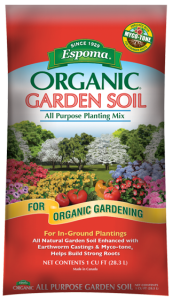
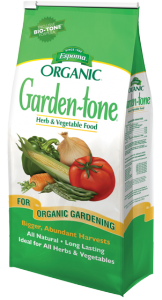

If you’re looking for the basics, learn how to plant veggies in containers!
The spookiest holiday of the year is just around the corner and trick-or-treaters are getting ready for the big night. This year, decorate your house with creepy, living decorations that will add an eerie twist to your night.
With their creepy names, weird colors and devilish shapes, these plants will be the center of every fun, spooky story you tell. Better yet, these plants can stick around all year with the right light, water and feeding directions.
Top 5 Spookiest Houseplants
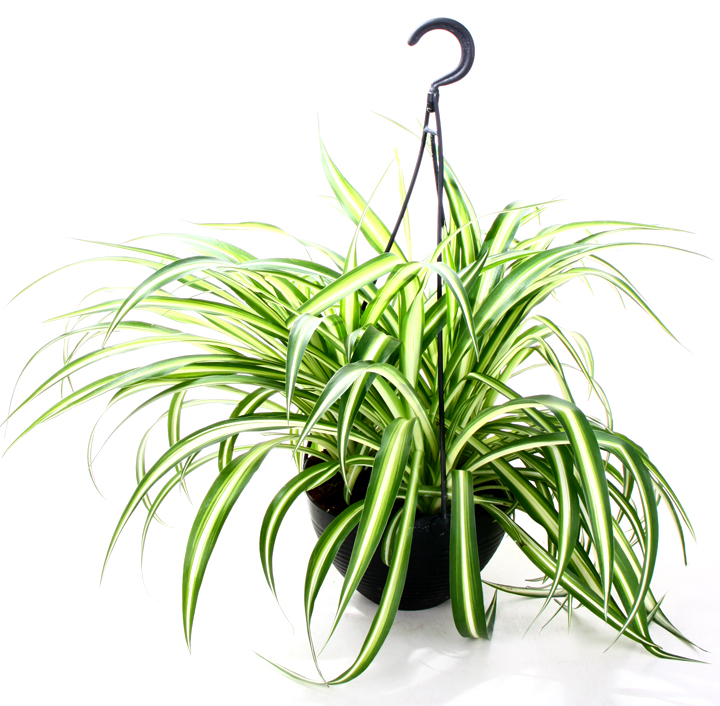
Photo courtesy of Costa Farms
Spider Plant
This creepy plant is fun to decorate with due to its long spider-like legs that grow little “spiderlings” on the ends. Transfer it into a hanging plant basket and wrap synthetic web around the outside of the basket. Cover with plastic spiders to give it extra creep. Make it kid-friendly, by painting a container black and adding spider eyes to the front to make it look like one big spider. Spider plants are known for being low-maintenance so they will grow in almost any spot.
Dracula Orchid
The Dracula orchid is not an ordinary orchid. Aptly named, as it blooms, the center of the plant looks like it could bite you with its vampire-like mouth. Wrap your container in a cape and paint it red down the sides to decorate this plant into a creepy vampire.
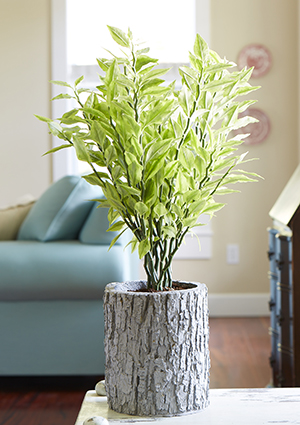
Photo courtesy of Costa Farms
Devil’s Backbone
Devil’s Backbone gets its name from the interesting zigzagging formation of the leaves resembling a creepy spine as it grows. Invite this devilish plant to your home and hang ghouls and ghosts from it to add a spooky charm. Though it may be called the Devil’s Backbone, it works hard to purify the air from toxins.
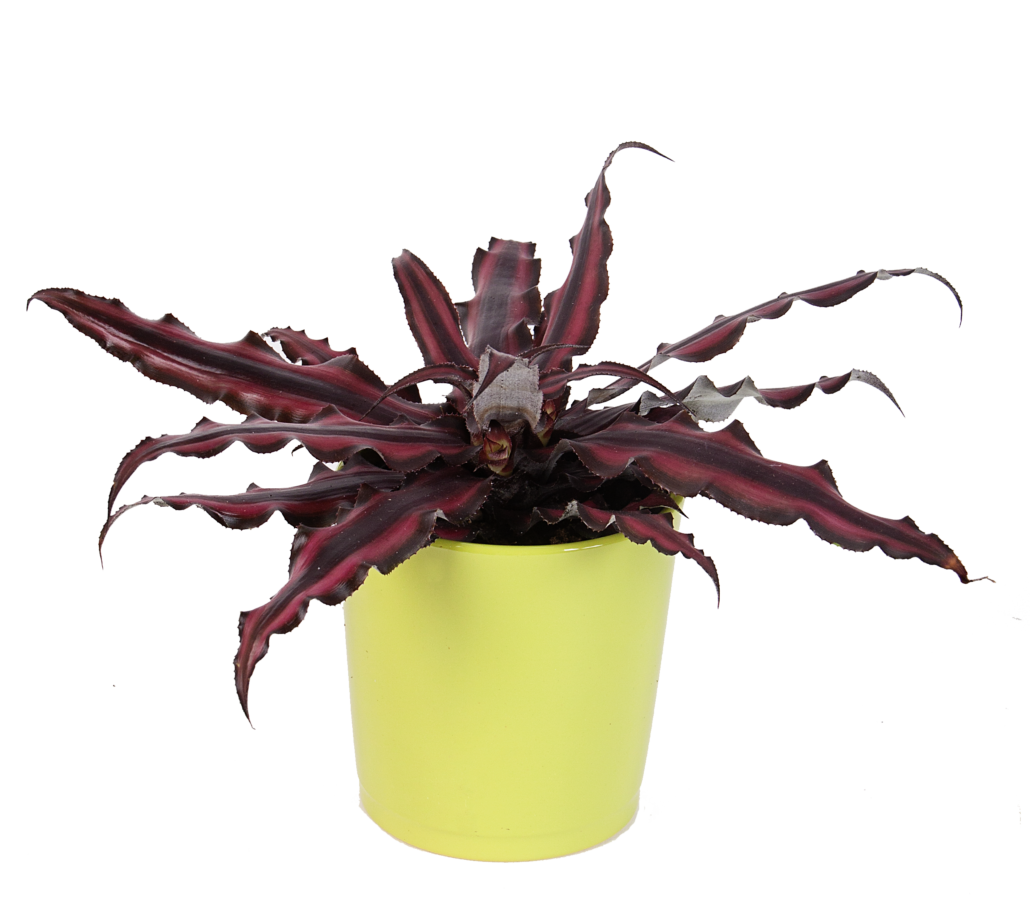
Photo courtesy of Costa Farms
Earth Star
With spiky edges and elongated “fingers”, the earth star plant is a creepy addition to your Halloween décor. Transfer into a spooky container and let it spread and it will look like something is crawling toward you. Keep in bright light to encourage growth.
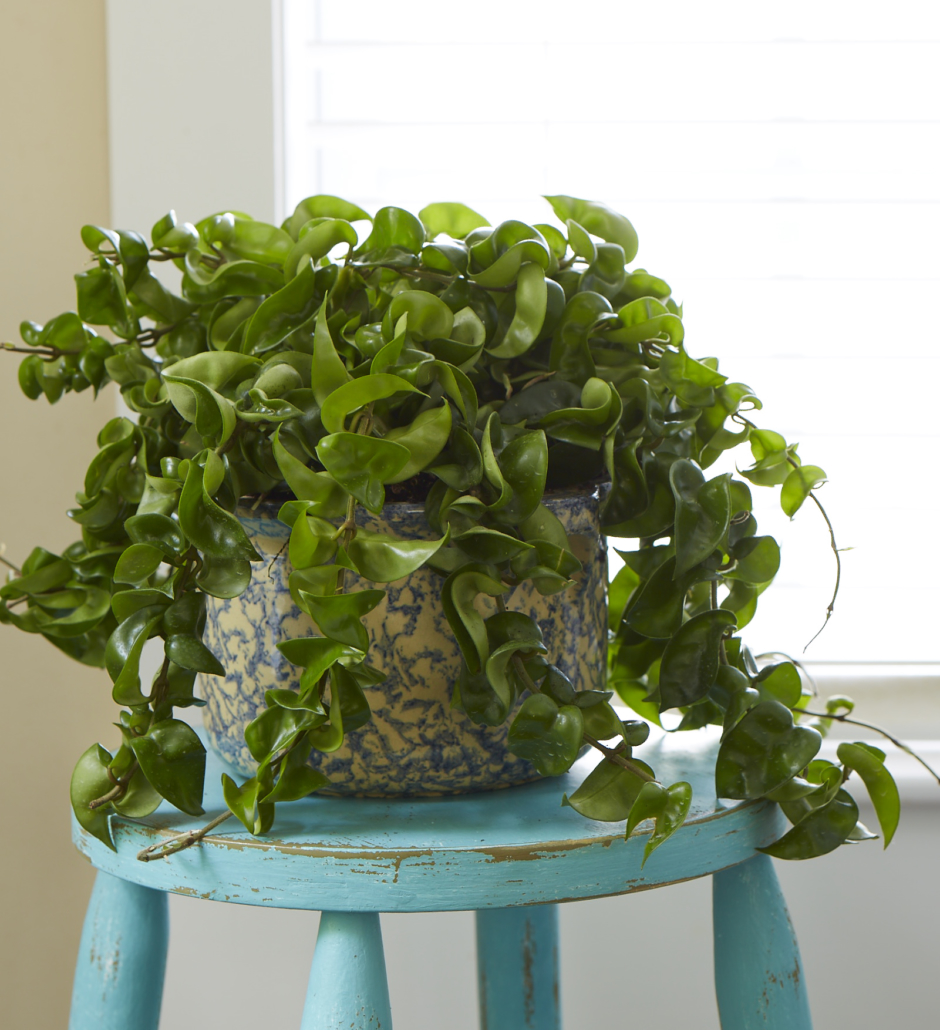
Photo courtesy of Costa Farms
Rope Plant
The rope plant’s foliage that twists and turns looks like something right out of a witch’s lair. Put a spell on your home with the shadows this plant gives off. The rope plant will flower and last up to a month.
Fun and spooky houseplants are the best way to bring live Halloween décor to your home. Feed as directed with Espoma’s Indoor! plant food.
Featured Products:
